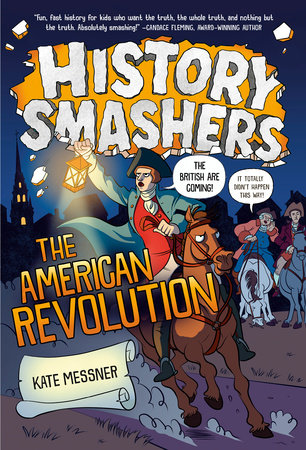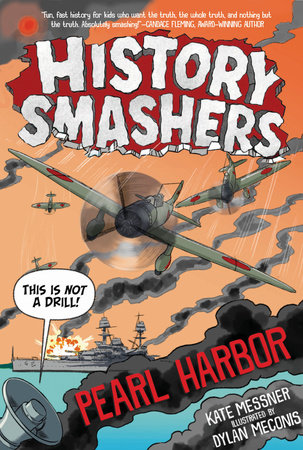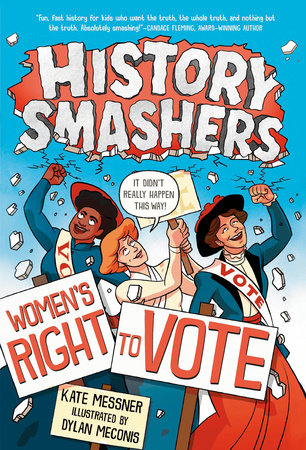Welcome to MUF, Heather Alexander, author of The Good Luck Book: A Celebration of Global Traditions, Superstitions, and Folklore (DK Children), out November 2023. Heather Alexander is the acclaimed author of more than 70 books for children, and she also works as a children’s book editor, packager, and literary scout. Here, she talks to MUF contributor Andrea Pyros about luck, her research process, and why we really cover our mouths when we yawn.
Mixed-Up Files: Tell us a little bit about The Good Luck Book. Where did the idea for this come from?
Heather Alexander: THE GOOD LUCK BOOK is a large, illustrated, middle-grade nonfiction book that explores fascinating traditions and superstitions from all over the world. Kids will discover how and why they started, why people still do them today, if they hold up to science, the good luck charms we share, and the unique ways we wish for good fortune. All my nonfiction titles spring from my curiosity of the world around me or from articles that spark my interest. This one originated very close to home. You see, I generally pride myself on being very logical, but then I realized how many little superstitious rituals I do without thinking. They range from the typical, like crossing fingers or wishing on shooting star or blowing out the candles on a birthday cake, to the more personal, like knocking the side of an airplane before I enter. It got me thinking about lucky numbers, lucky foods, lucky animals–and when the list went on and on, I knew there was a book there.

MUF: What was your research process like? How did you find all the different traditions and beliefs about luck?
HA: I always scour libraries and used bookstores, both in person and online. And for this book, I looked at a lot of university folklore websites and even checked out international message boards on the topic. Everything I found was then cross-referenced for multiple sources. There are sooooooo many superstitions and lucky charms throughout the world so I tried to focus on the more popular ones. Also, there are a myriad of variations on similar rituals, depending on where you live or where your family is from, so the one I ended up choosing may not be exactly way the reader has heard it.
MUF: How did you and your illustrator work together? What was that like? (The art looks great!)
HA: I know, right? The art is stupendous! It was created by four different artists: Ruth Burrows, Teo Georgiev, Sonny Ross, and Sarah Walsh. Usually, I only have the honor of working with one illustrator on a book, but because there was so much to illustrate in a relatively short time Stefan Georgio, the art director at DK, decided the more, the merrier–and the faster. While I didn’t interact directly with the talented artists, I did give art notes through Vicky Armstrong, my editor, and Stefan.
MUF: We’re sure you learned all sorts of fascinating things during your research and writing journey on The Good Luck Book. Can you tell us a few facts that really surprised you?

HA: It’s hard to pick a few! How about:
• Covering your mouth when you yawn comes from a very old superstition. Your hand was there to block spirits from coming out of or going into your open mouth!
• “If birds fly low, expect rain and a blow,” is a popular saying. Can birds predict “fowl” weather? It seems so! Most birds have a Vitali organ. This is a special receptor in their middle-ear that can sense a drop in atmospheric pressure, and that drop means a storm is on its way.
• Many shops and homes in India hang seven chilies and a lemon from a thread on the door. It’s an old superstition meant to keep away Alakshmi, the goddess of misfortune. She likes eating sour and hot things, so if she’s happy with the treat, it’s believed she won’t enter to bring bad luck. But, it turns out, this is actually a supersmart natural pesticide. When the cotton thread pierces the chilies and lemon, a pungent and sour odor is slowly released, and this stench helps to repel flies and mosquitoes!
MUF: What do you want readers to know about the concept of luck?
HA: Lucky charms can be fun and superstitions interesting to learn about, but the most important thing is to make smart choices and search for real answers. We each have the power to decide what we believe and what we don’t, what we let scare us and what we don’t, what wishes we send out into the universe, and—most of all—what kind of luck we bring to ourselves and the people around us.
Learn more about Heather at her website or on Instagram @halexanderbooks.
The Good Luck Book: A Celebration of Global Traditions, Superstitions, and Folklore by Heather Alexander, illustrations by: Ruth Burrows, Teo Georgiev, Sonny Ross, and Sarah Walsh.



















 .
. 
